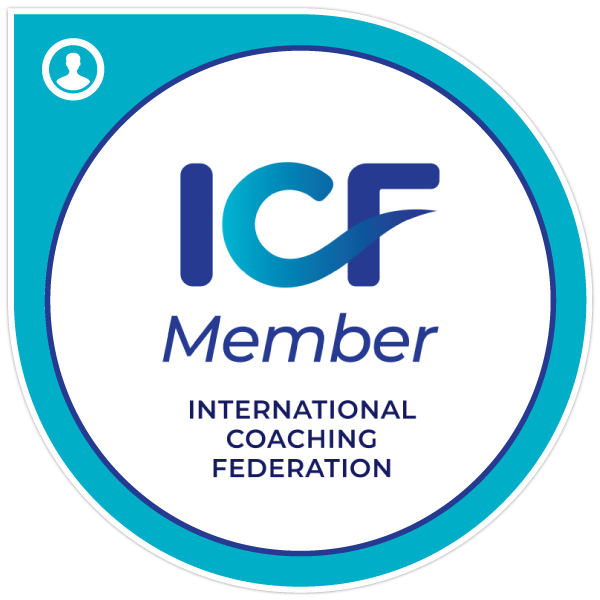Understanding and implementing organizational behavior principles is essential for enhancing customer satisfaction. These principles provide a framework for analyzing and improving various aspects of organizational life, from employee motivation to leadership and cultural practices. By focusing on the human element of business, organizations can not only improve their internal workings but also significantly boost how they serve their customers. This article delves into five key areas through which organizational behavior can positively impact customer satisfaction.
Firstly, employee motivation and engagement play a crucial role. Motivated and engaged employees are more likely to go the extra mile to ensure customer satisfaction. They bring energy and enthusiasm to their roles, directly influencing their interactions with customers and the quality of service provided. Secondly, leadership styles and communication are pivotal. Effective leaders who communicate clearly and openly can foster a supportive and responsive environment, both internally and in customer interactions. This leadership approach helps in building trust and loyalty among customers.
Thirdly, the organizational culture and values that a company upholds can significantly affect customer perceptions and experiences. A culture that prioritizes customer needs and values integrity and respect will naturally enhance customer satisfaction. Fourthly, training and development are essential for equipping employees with the necessary skills and knowledge to meet customer expectations consistently. Well-trained employees are more competent and confident in their customer interactions, leading to better service outcomes.
Lastly, feedback and continuous improvement mechanisms are vital. These systems ensure that the organization remains responsive and adaptive to customer needs and industry changes. By continuously seeking and integrating customer feedback, organizations can maintain a high standard of customer service, fostering an environment of perpetual growth and customer-centric innovation. Through these subtopics, this article explores how a strategic application of organizational behavior principles can lead to a superior customer service experience, ultimately enhancing overall customer satisfaction.

Employee Motivation and Engagement
Employee motivation and engagement play a critical role in how organizations can utilize organizational behavior principles to enhance customer satisfaction. At the core, motivated and engaged employees are more likely to exhibit positive attitudes and behaviors towards customers, which is a pivotal factor in delivering exceptional customer service. When employees are genuinely engaged in their work, they are not only more productive but also more innovative, which can lead to improved service solutions that directly benefit customers.
Organizations can foster employee motivation by understanding and addressing individual employee needs. This can be achieved through tailor-made incentive structures, recognition programs, and career development opportunities that align with both the employee’s professional goals and the organization’s objectives. By investing in such initiatives, companies can create a work environment that values and promotes a sense of belonging and purpose among employees.
Furthermore, engagement can be enhanced by ensuring that employees feel their voices are heard. Regular feedback sessions and open communication channels encourage employees to express their thoughts and ideas, which can be integral to organizational improvements and innovations. This participatory approach not only empowers employees but also instills in them a sense of ownership and accountability towards the outcomes of their actions, including how they interact with and serve customers.
Ultimately, the link between employee motivation, engagement, and customer satisfaction is evident in numerous studies and real-world applications. Satisfied and engaged employees are the cornerstone of delivering customer experiences that are not only satisfactory but also delightful. Therefore, organizations aiming to enhance customer satisfaction should start by nurturing a work environment that focuses on motivating and engaging their workforce effectively.
Leadership Styles and Communication
Leadership styles and communication are crucial components of organizational behavior that can significantly enhance customer satisfaction. Different leadership styles can directly influence how employees interact with customers, and effective communication ensures that the right messages are conveyed both internally and externally.
Effective leaders understand that their approach can set the tone for the entire organization. For instance, a leader who adopts a transformational leadership style can inspire and motivate employees by setting a clear vision and demonstrating commitment to organizational goals. This enthusiasm can be contagious, encouraging employees to go above and beyond in their customer service efforts. On the other hand, a transactional leadership style, which focuses on routine and performance-based rewards, might be effective in environments where consistency in customer service is critical.
Communication is equally important in shaping customer experiences. Leaders must ensure that communication channels within the organization are open and effective, allowing for smooth information flow and quick resolution of customer issues. This includes not only direct communication from leaders to their teams but also the tools and platforms that facilitate communication across different levels of the organization.
Moreover, how leaders communicate changes and decisions to their teams can influence how these changes are implemented at the customer service level. Clear, concise, and positive communication can help in aligning team efforts towards enhancing customer satisfaction. This is particularly important in times of crisis or when dealing with customer complaints and issues.
In summary, leadership styles and communication are foundational to fostering an environment that prioritizes customer satisfaction. By carefully choosing their leadership style and ensuring effective communication, leaders can influence their teams to deliver superior customer experiences, thereby not only meeting but exceeding customer expectations.
Organizational Culture and Values
Organizational culture and values are pivotal in shaping the behaviors and attitudes of employees within a company. This, in turn, has a significant impact on customer satisfaction. A positive and strong organizational culture promotes a sense of identity and belonging among employees, which can lead to increased motivation and better customer service. When employees understand and align with the values of the organization, they are more likely to go above and beyond in their interactions with customers, reflecting the company’s commitment to quality and service.
Values such as integrity, respect, and customer focus, when genuinely embedded in the organization, ensure that every employee decision and interaction is guided by these principles. For instance, if a company values customer focus, its employees are more likely to think proactively about the customer’s needs and work towards fulfilling them, thereby enhancing customer satisfaction.
Moreover, a strong organizational culture fosters an environment where positive behaviors are recognized and rewarded. This recognition not only boosts employee morale but also encourages the continuation of such behaviors. Employees who feel appreciated are more likely to have a positive outlook on their jobs and engage with customers in a friendly, helpful manner.
In conclusion, organizations can use their culture and values as strategic tools to influence employee behavior positively, ensuring that every customer interaction is handled with care and professionalism. By doing so, they not only enhance customer satisfaction but also build a loyal customer base that is crucial for long-term success.
Training and Development
Training and development play a crucial role in leveraging organizational behavior principles to enhance customer satisfaction. This strategy focuses on equipping employees with the necessary skills and knowledge to excel in their roles, which directly impacts the quality of service they provide to customers. A well-trained employee is more likely to understand customer needs, handle inquiries effectively, and provide solutions that increase customer satisfaction.
Effective training programs often include components such as communication skills, problem-solving, customer service techniques, and product knowledge. By continuously developing these skills, employees can interact more effectively with customers, leading to better service experiences. Moreover, training can also encompass emotional intelligence and empathy, which are critical in understanding and responding to customer emotions and needs.
Moreover, development initiatives extend beyond immediate job skills to include broader career development opportunities. This not only helps employees feel more valued and engaged, but it also prepares them to take on more complex roles, which can further enhance customer interactions. For instance, employees who are given opportunities to advance their knowledge and skills are more likely to bring innovative solutions and positive attitudes to their work. This can translate into more creative solutions for customers and a more enjoyable interaction with the organization.
In summary, training and development are essential for fostering an environment where employees are skilled, confident, and motivated. This environment is conducive to high levels of customer satisfaction because it ensures that every customer interaction is handled professionally and effectively. Organizations that invest in comprehensive training and development programs are, therefore, better positioned to meet and exceed customer expectations, fostering loyalty and long-term success.
Feedback and Continuous Improvement Mechanisms
Feedback and continuous improvement mechanisms are crucial for organizations looking to enhance customer satisfaction using principles of organizational behavior. These mechanisms ensure that the services or products provided meet or exceed customer expectations, and they facilitate the necessary adjustments based on customer feedback.
Implementing a structured system for feedback allows organizations to capture, analyze, and respond to customer opinions and needs effectively. This can include various methods such as surveys, customer interviews, comment cards, and digital feedback tools. By actively seeking out what customers think about their services or products, companies can gain insightful data that highlight areas of success and those needing improvement.
Continuous improvement mechanisms are about not staying static; they involve a cycle of evaluating processes, making changes, and then re-evaluating to foster ongoing enhancement. This can be supported by organizational behavior practices like empowering employees to suggest improvements, creating cross-functional teams to tackle specific issues, and leadership that champions change based on feedback.
Moreover, integrating feedback into continuous improvement processes ensures that the changes made are aligned with actual customer desires and requirements. This alignment helps in building a customer-centric culture within the organization, increasing customer loyalty, and enhancing overall satisfaction. The ongoing process of improvement also motivates employees, as they see the tangible impacts of their contributions to customer satisfaction and the success of the organization.
In summary, feedback and continuous improvement mechanisms are not only about identifying and fixing problems but also about creating a proactive culture of excellence that continuously seeks to surpass customer expectations. By leveraging these mechanisms effectively, organizations can create a dynamic loop of feedback and enhancement that leads to greater customer satisfaction and business success.


Leave a Reply